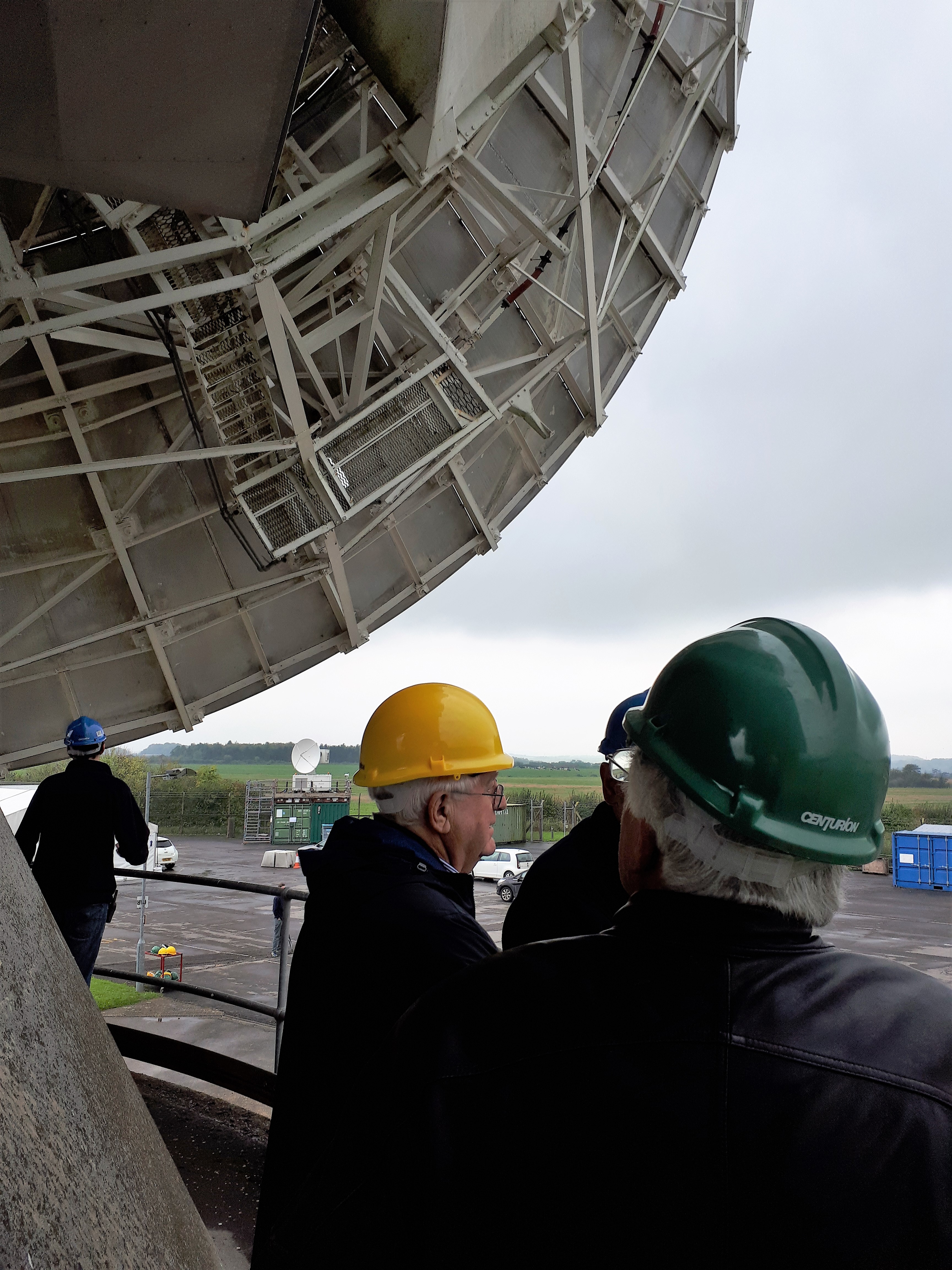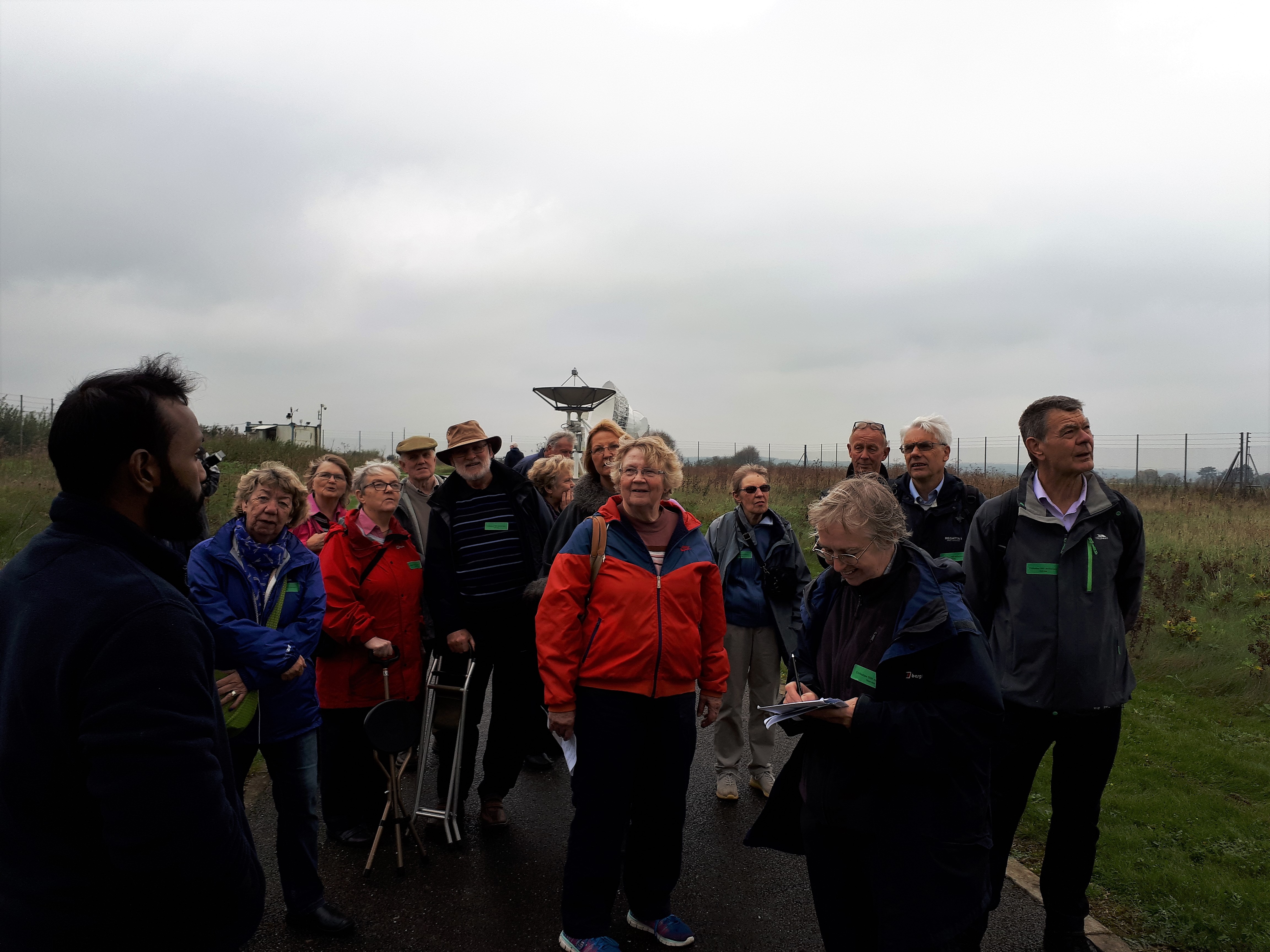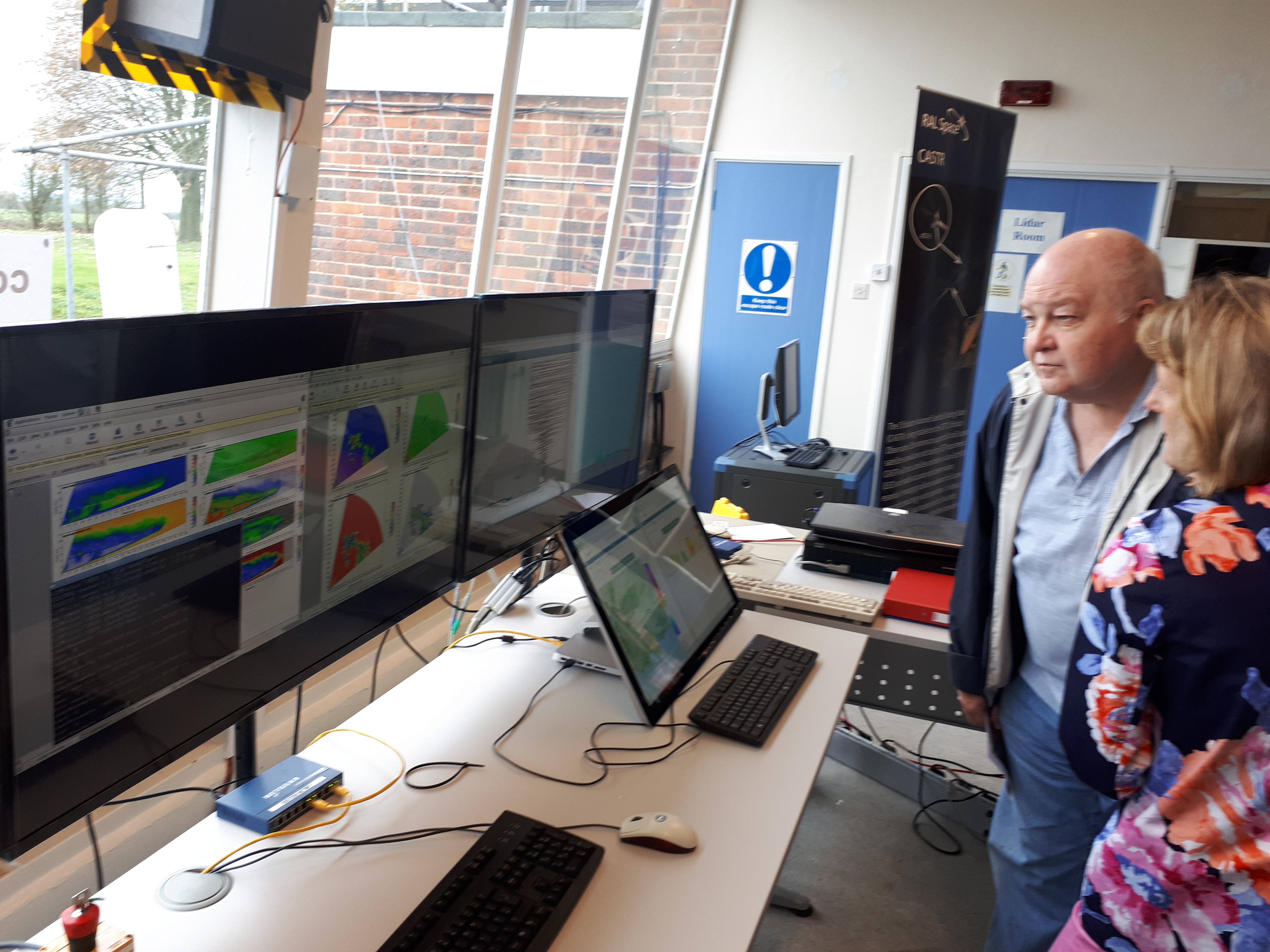Tucked away in the Hampshire countryside, for the last 50 years the Science and Technology Facilities Council's (STFC) Chilbolton Observatory has been a UK hub of meteorological measurements, radio astronomy and satellite tracking, known by researchers around the world.
As a busy research facility the observatory rarely opens to the public but this week 300 people had the opportunity to experience these facilities first hand.
Darcy Ladd, Station Manager at Chilbolton Observatory, who has worked there for 23 years, welcomed visitors to Chilbolton; “It's great to be able to share the work we do and celebrate 50 years in operation. We are proud of our role in supporting key research into the atmosphere, weather, and space studies. The outcomes have had a huge positive impact on the UK."
STFC CEO Brian Bowsher joined the celebrations on Wednesday alongside stakeholders and wider STFC staff, many of whom hadn't previously had the opportunity to visit the facility. On Thursday visitors were equipped with maps and encouraged to roam around the site to meet experts stationed by the major facilities including radars, lidars, meteorological instruments and even a radio telescope.
 On route they were able to walk under the big dish and climb the spiral staircase inside the tower. At 25 metres, its great size makes it sensitive enough to pick up the faintest of signals emitted from radio stars in space, but also as a radar to detect satellites in Earth orbit several thousand kilometre above, or rain and cloud several hundred kilometres away. This is the world's largest fully steerable weather radar.
On route they were able to walk under the big dish and climb the spiral staircase inside the tower. At 25 metres, its great size makes it sensitive enough to pick up the faintest of signals emitted from radio stars in space, but also as a radar to detect satellites in Earth orbit several thousand kilometre above, or rain and cloud several hundred kilometres away. This is the world's largest fully steerable weather radar.
Visitors were also able to wander out to one of the site's newer additions, the LOw Frequency ARray (LOFAR). Opened in 2010 this is currently the westernmost station of a pan-European radio telescope. The two arrays at Chilbolton are each over 100m in diameter with a total of 192 antennae, working at the lowest frequencies accessible from Earth to survey a wide area of sky to answer some of the fundamental questions of cosmology.
Dr Jolyon Reburn, Head of Earth Observation and Atmospheric Science at STFC RAL Space said, “This significant anniversary has been a great opportunity to talk about the fantastic facilities here. While only a small number of people work here, the range of work carried out is substantial, from far reaching astronomy to local meteorology. The work here continues to evolve and we are, in particular, looking to strengthen our capabilities for space object tracking, lead research to support development of next generation wireless telecommunications, and continue and develop our support for the National Centre for Atmospheric Science."
The site was originally an airfield used by the RAF and US Airforce in World War II. After the war the airfield was used by local aviation companies for aircraft testing and saw some of the UK's earliest supersonic flights. Construction of the observatory began shortly after the airfield was decommissioned in 1963, finally opening on 14 April 1967.
The 25m dish supported pioneering radio astronomy work in the 1960's and 1970s before being used primarily for meteorological studies which it continues to be used for to this day. The dish is able to record detailed information about the height and depth of clouds, whether they are made of ice or water and determine the shape and size of raindrops out to a range of 200 kilometres.
Chilbolton Observatory now also has an increasingly active role in communicating with and tracking satellites. Looking to the future, sensors are being developed for satellite tracking for the UK and across Europe. Over the years, Chilbolton Observatory has evolved, adding new instruments and facilities and innovative new uses for the older facilities, helping it remain at the cutting edge of research.


For more information please contact: RAL Space Enquiries
